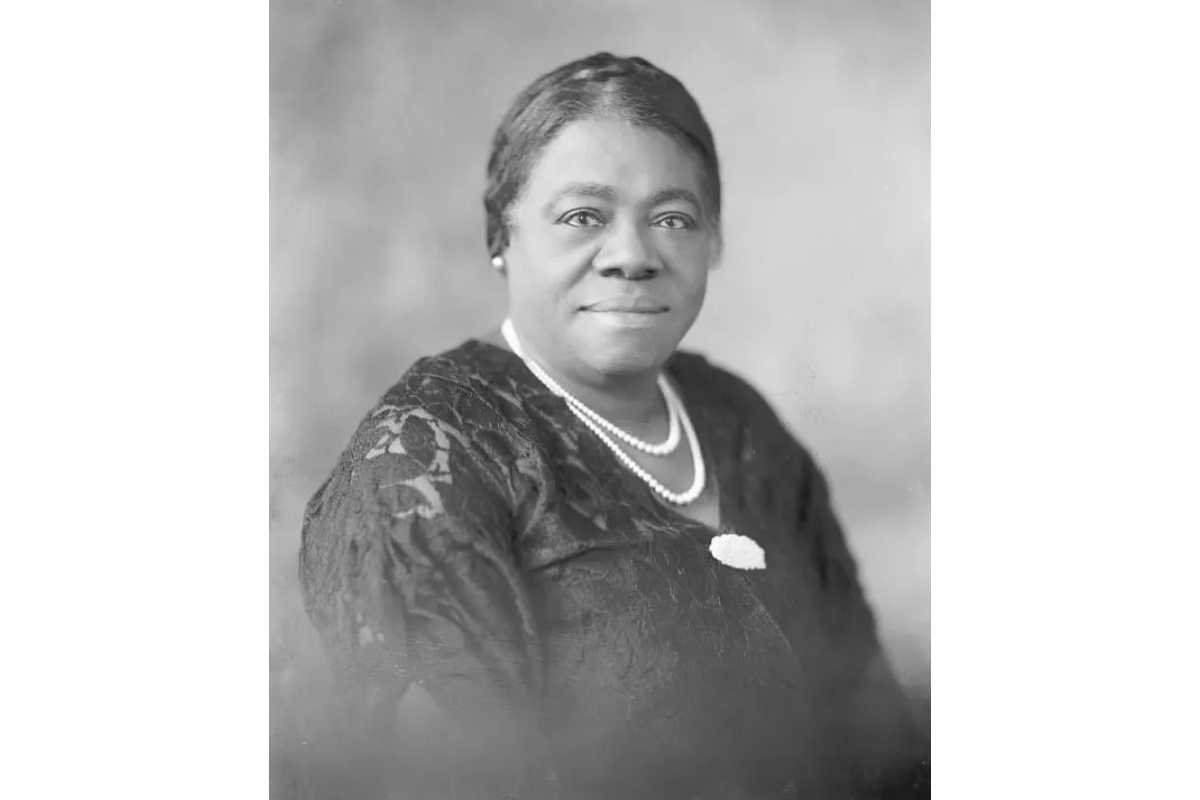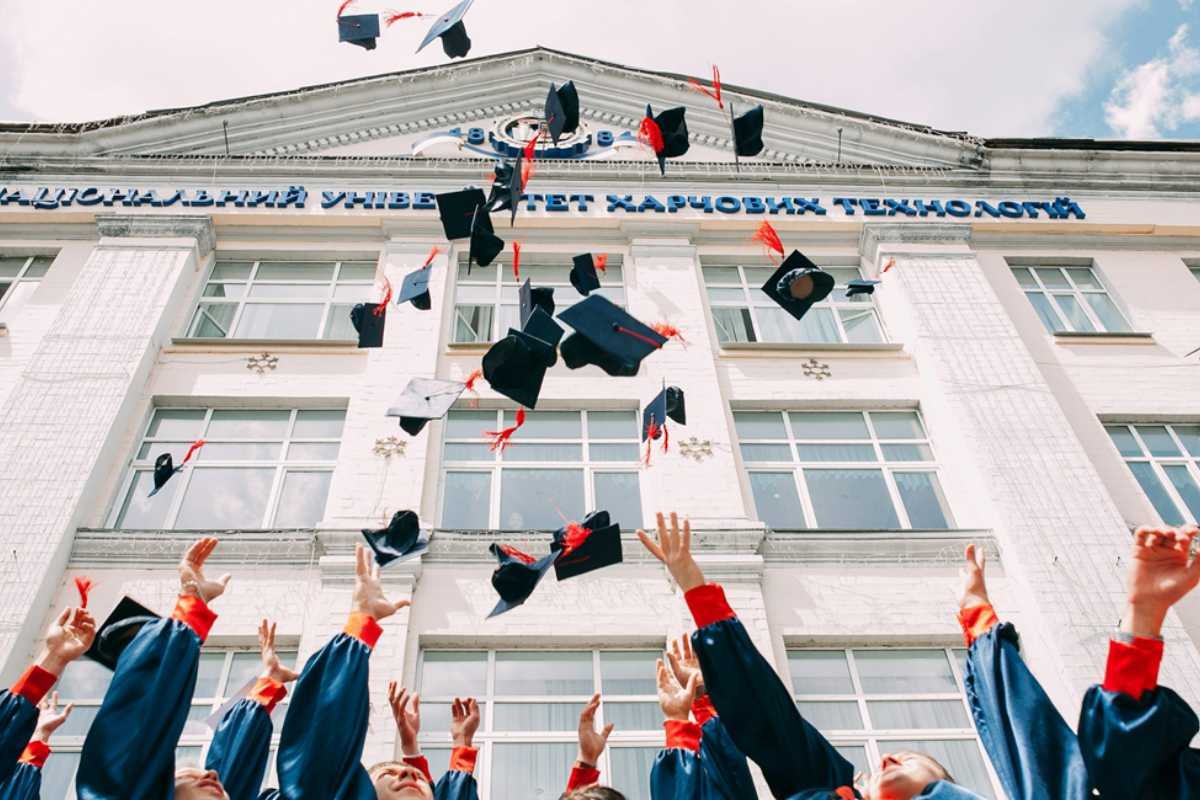Anyone with any level of historical knowledge can see that women have been fighting a battle against stereotypes and misogynistic views for…well…ever. From ancient days to modernity, women have been saddled with an assumed role that has just been put on their shoulders but ignores a longstanding history of strength, power, intelligence, and contribution.
A persistent, lingering battle in many parts of the world is the fight for the right to women’s education. There is still a long way to go in this fight in many parts of the world, but in many developed nations, women are not only allowed to learn alongside men but can study a Master of Teaching and take charge of education.
How did we get here? And who led the charge?
Positively Medieval
Although women have always had to fight prejudices when pursuing a higher education, many historic societies were relatively progressive. “Relatively” is going to be a keyword here. Girls in ancient Sparta were allowed to receive basic education alongside boys and many female scholars were known to logically spar with some of the most famous male Greek minds.
However, as we moved on from antiquity and further into the medieval period, the misguided idea of women’s biological inferiority settled into most European cultures; the suggestion that women were somehow innately incapable of learning to the same capacity and efficacy as a man, insidiously tied into the perspective. To get a university education, women either had to have a father who supported them (even if a university didn’t), be hidden behind a screen (so as not to distract male students), or join a convent (thereby forsaking a normal life).
Things started to change for the better during the Renaissance, when ideas of women’s roles in education and society began to undergo reform, though it was still easiest to become a nun. It wasn’t until the 1800s that women began to see real, social change in favor of their education, with Emily Davies and Barbara Bodichon founding Girton College in Cambridge as an all-female College.
It was because of the work of first and second-wave feminists that the 19th and 20th centuries saw women’s education become a legal right, especially as the population of skilled men after WWII took a sharp nosedive, the world suddenly had a desperate need for an educated demographic to fill the gaps. Women of color, however, still faced intense scrutiny and prejudice in the education system; it wasn’t until 1862 that Mary Jane Patterson became the first African-American woman to earn a Bachelor’s degree.
Who Led the Way?
We’ve mentioned a few names briefly, but now let’s focus on a few women that everyone should know about. These figures made outstanding contributions to women’s education and the world, and many women wouldn’t be able to pursue an education today without them and their work. In no particular order, the following names are just some that history remembers as some of the outstanding women who spearheaded the right for women’s education all over the world.

Born in 1927 Patsy Mink grew into a woman who shaped US education for the better. After Hawaii became a US State in 1959, she knew she had to run for a seat in the government that had exerted authority over her homeland. Graduating from Maui High School in 1944 as valedictorian, she aimed to become a doctor.
However, after facing racial prejudice and coping with health issues, she eventually finished her education in 1948 at the University of Hawaii. Unfortunately, none of her medical school applications were accepted, so she started applying for a law degree and was accepted at the University of Chicago Law School.
After graduating she eventually became the first woman of color to win a seat in the US House of Representatives, where she fought for equality of race and gender in the education system, affordable childcare, bilingual education, and the Title IX bill, which states that educational institutions receiving government funding cannot discriminate based on sex.
1. Mary McLeod Bethune
Born in 1875, Mary Mcleod Bethune would grow to become a pioneer of race and sex equality in education. Bethune was the daughter of formerly enslaved parents; after the Civil War, Bethune’s mother continued to work for her former enslaver, eventually using the wages from said work to buy land.

Bethune was able to attend school following efforts to educate African Americans after the war, and in 1894 graduated from the Scotia Seminary in North Carolina. She eventually became a teacher, and her husband and son moved to Florida where they worked at the church and sold insurance. After her marriage ended in the early 1900s, she opened a boarding school called “The Daytona Beach Literary and Industry School for Training Negro Girls,” which would eventually become Bethune-Cookman College in 1929.
Throughout her life, Bethune started several clubs and organizations, charging forward in the pursuit of racial equality, eventually becoming the only woman of color at the founding conference of the United Nations in 1945.
2. Malala Yousafzai
It would be remiss to speak of women’s education and not talk about one of the loudest, and most recent names in the fight for women’s education in the Middle East, Malala Yousafzai.
Born in Pakistan in 1997, Malala Yousafzai had a father who was, in her words, “determined to give me every opportunity a boy would have.” She was educated from a young age, and her father, Ziauddin Yousafzai, ran a school for girls in their village. Sadly, in 2009, the Taliban took control of her village, and along with many other things, women and girls were banned from pursuing education.

Malala, however, did not take this lying down. At the age of 11, she began to talk publicly, openly demanding the right for girls to receive an education. The message was heard loud and clear by many — including the Taliban. In 2012, Malala’s school bus was invaded by a man who simply asked “Who is Malala?” When the 15-year-old girl was identified, the man shot her in the left side of the head. Somehow, Malala miraculously survived, waking up 10 days later in a hospital in England where surgeons, nurses, and doctors had worked tirelessly to save her life.
In 2014, after months of surgeries and rehabilitation, Malala Yousafzai joined her family at their new home in the UK, and she started the Malala Fund, dedicated to giving every girl the chance for education; returning to the fight that nearly claimed her life. While it’s important to remember that there are still girls and women all over the world who do not have access to education, we have come a long way throughout history — and we have the women in this article, along with thousands, if not millions more, to thank for that.









